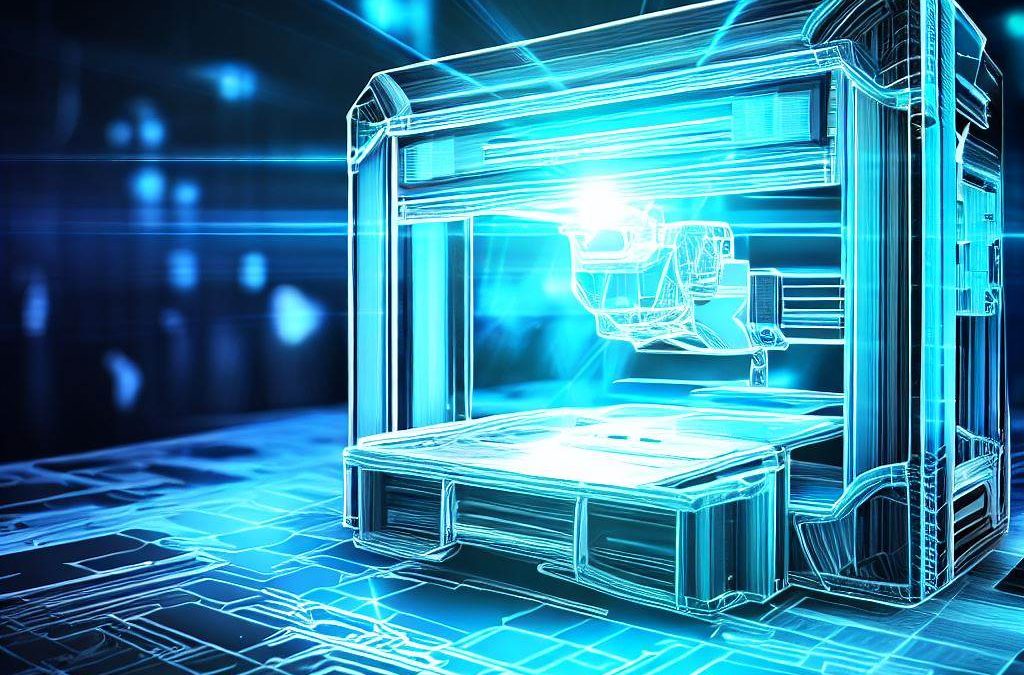Title: Exploring the Promising Future of 3D Printing
Introduction: The world of manufacturing and design has been forever transformed by the advent of 3D printing. This groundbreaking technology, also known as additive manufacturing, has revolutionized industries ranging from healthcare and aerospace to fashion and consumer goods. While 3D printing has already made significant strides, the future promises even more exciting possibilities. In this blog, we will delve into the potential advancements and applications that lie ahead in the fascinating realm of 3D printing.
- Enhanced Materials and Capabilities: The future of 3D printing holds immense potential for the development of advanced materials. Researchers are continuously exploring novel materials that can be used in additive manufacturing, including biodegradable plastics, conductive polymers, and even living tissues. By expanding the range of materials available, 3D printing can be applied to a broader array of industries and applications, such as electronics, medical implants, and sustainable manufacturing.
- Mass Customization and Personalization: One of the most exciting prospects of 3D printing is its ability to enable mass customization and personalization. As the technology continues to evolve, it will become increasingly accessible and affordable for individuals to design and print personalized products tailored to their specific needs and preferences. From custom-fit clothing and footwear to personalized prosthetics and consumer goods, 3D printing will empower individuals to have greater control over the products they use.
- Rapid Prototyping and Iteration: In the world of product development, rapid prototyping is crucial for refining designs and iterating on concepts. 3D printing has already proven to be a game-changer in this regard, enabling designers and engineers to quickly produce physical prototypes for testing and validation. In the future, the speed and efficiency of 3D printing will continue to improve, accelerating the product development cycle and fostering innovation across industries.
- Distributed Manufacturing and On-Demand Production: 3D printing has the potential to transform traditional manufacturing models. As the technology becomes more accessible, there is a possibility for a shift towards distributed manufacturing, where products are printed on-demand closer to the point of consumption. This can reduce supply chain complexities, lower transportation costs, and minimize inventory storage. Additionally, it opens up opportunities for localized production, enabling communities to create their own goods, spare parts, and medical supplies.
- Sustainable and Environmentally Friendly Practices: Another significant advantage of 3D printing lies in its potential for sustainable and environmentally friendly practices. Unlike traditional manufacturing processes that generate significant waste, additive manufacturing is more resource-efficient. It allows for the optimization of material usage, reduces energy consumption, and minimizes the carbon footprint. Furthermore, the ability to repair and replace specific components through 3D printing can extend the lifespan of products and contribute to a circular economy.
- Advancements in Bioprinting and Medicine: The field of bioprinting, which involves printing living tissues and organs, holds enormous promise for the future of medicine. Scientists and researchers are working on refining techniques to print functional human organs, such as kidneys and hearts, which could potentially address the shortage of organ donors. Moreover, 3D printing has already proven valuable in the production of custom prosthetics, dental implants, and surgical instruments, improving patient care and outcomes.
Conclusion: The future of 3D printing is brimming with endless possibilities. From revolutionizing manufacturing processes and enabling mass customization to advancing healthcare and contributing to sustainable practices, this technology is set to reshape various industries. As the technology continues to evolve and becomes more accessible, we can expect to witness remarkable innovations and a world where imagination truly knows no bounds. The future of 3D printing is here, and it promises to be an exciting journey filled with endless opportunities.

